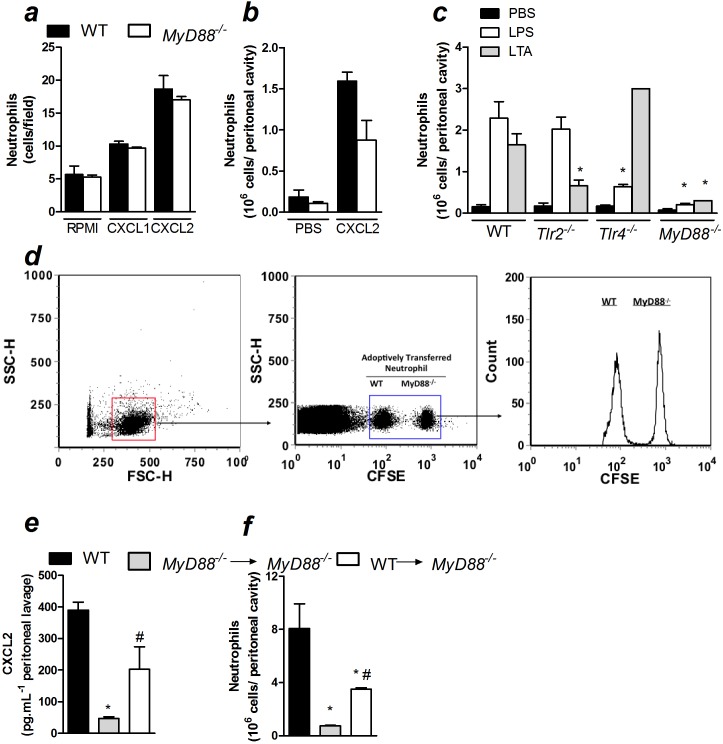Figure 5. MyD88 is crucial for the establishment of the inflammatory response during polymicrobial sepsis.
a) Bone marrow-isolated neutrophils (5×104/well) from WT or MyD88-deficient mice (MyD88 −/−) were stimulated by CXCL1 or CXCL2 (10 ng/mL) in a Boyden chamber to measure chemotaxis. b) Neutrophil recruitment to the peritoneal cavity 6 h after an i.p. injection of CXCL2 (30 ng/cavity). c) Neutrophil recruitment to the peritoneal cavity 6 h after an i.p. injection of LPS (200 µg/cavity) or LTA (30 µg/cavity) in WT, Tlr2-, Tlr4- and MyD88-deficient mice. d) Neutrophils from the bone marrow of WT or MyD88-deficient mice were stained with different concentrations of CFSE and administered (5×106/mouse; i.v.) into WT mice 2 h before non-severe (NS) sepsis induction by CLP. Cells in the peritoneal lavage were harvested 6 h after CLP surgery and analyzed by flow cytometry. For e–f, resident peritoneal cells from WT and MyD88-deficient mice were harvested and transferred (5×106/intraperitoneal cavity) to MyD88-deficient mice 30 minutes before CLP surgery. e) CXCL2 was measured by ELISA in the peritoneal lavage at 6 h after CLP surgery, as was the f) neutrophil recruitment to the peritoneal cavity. The data are expressed as the mean ± SEM and were analyzed by unpaired t test. *P<0.05 compared to WT and # P<0.05 compared to MyD88−/−→MyD88−/−; n = 5.

